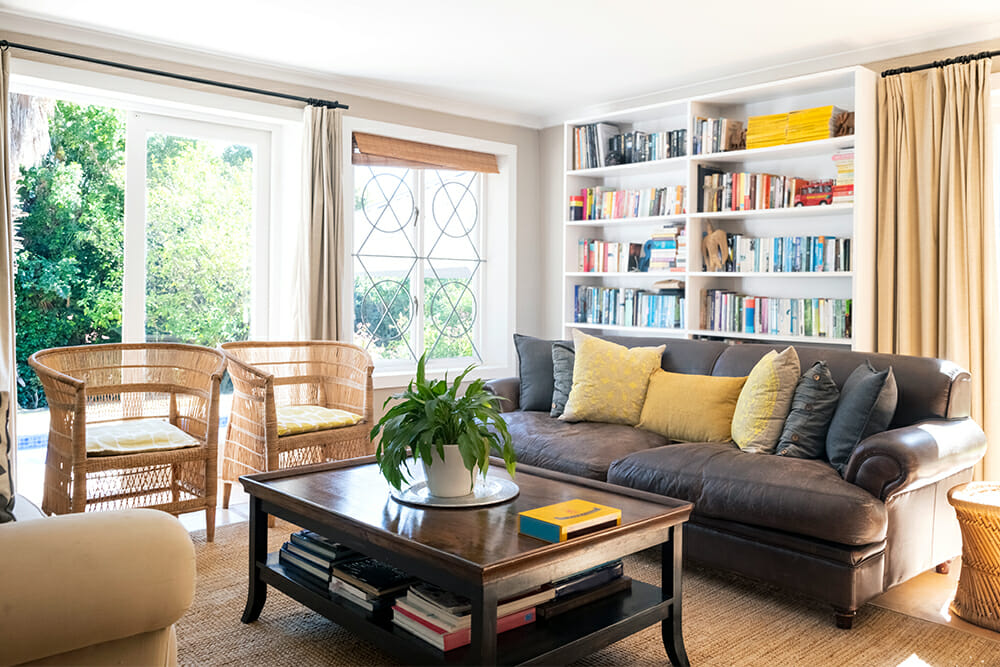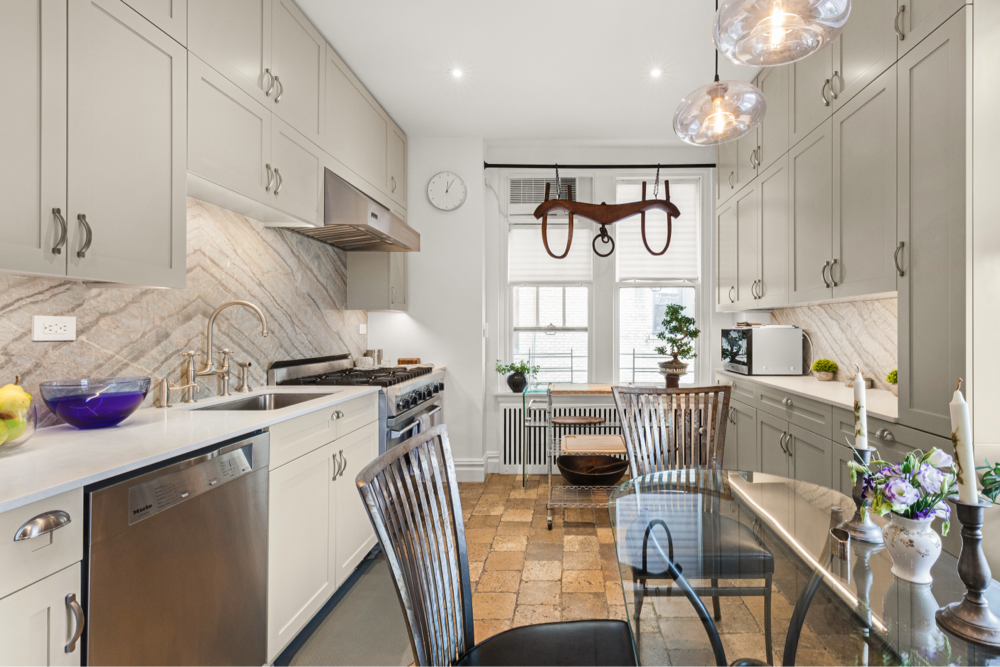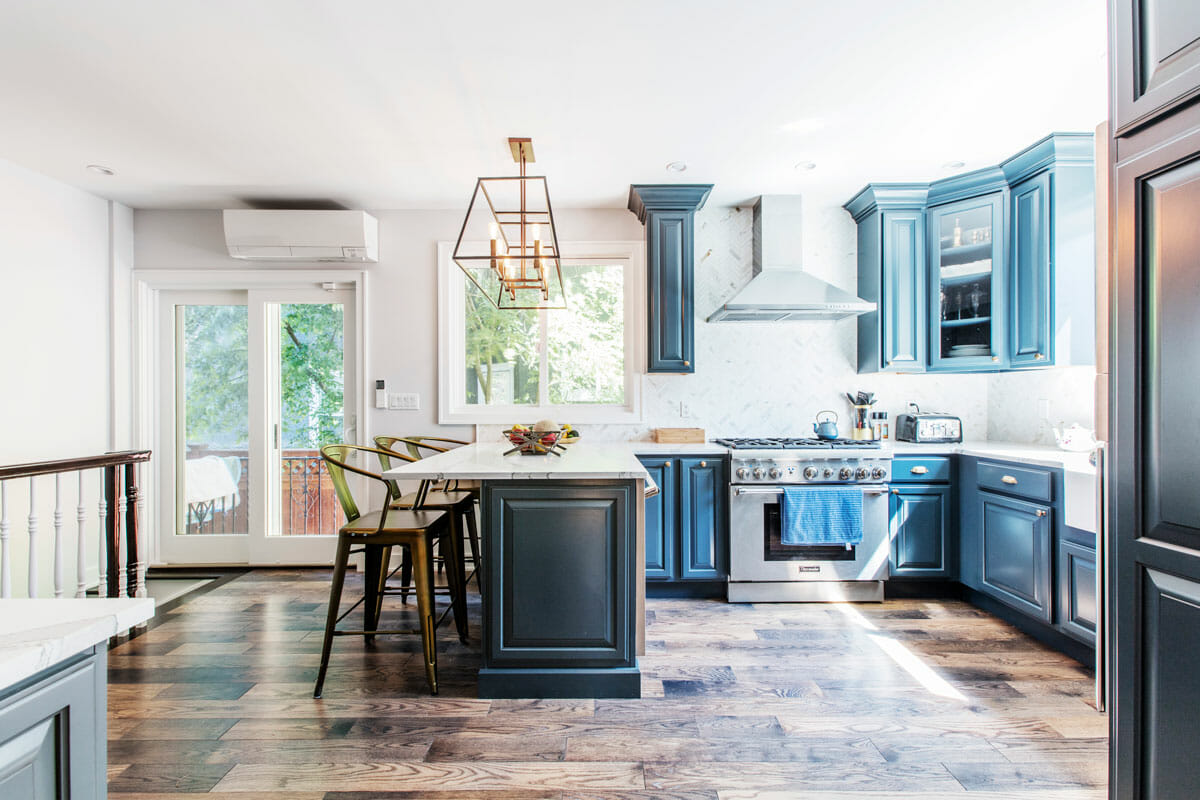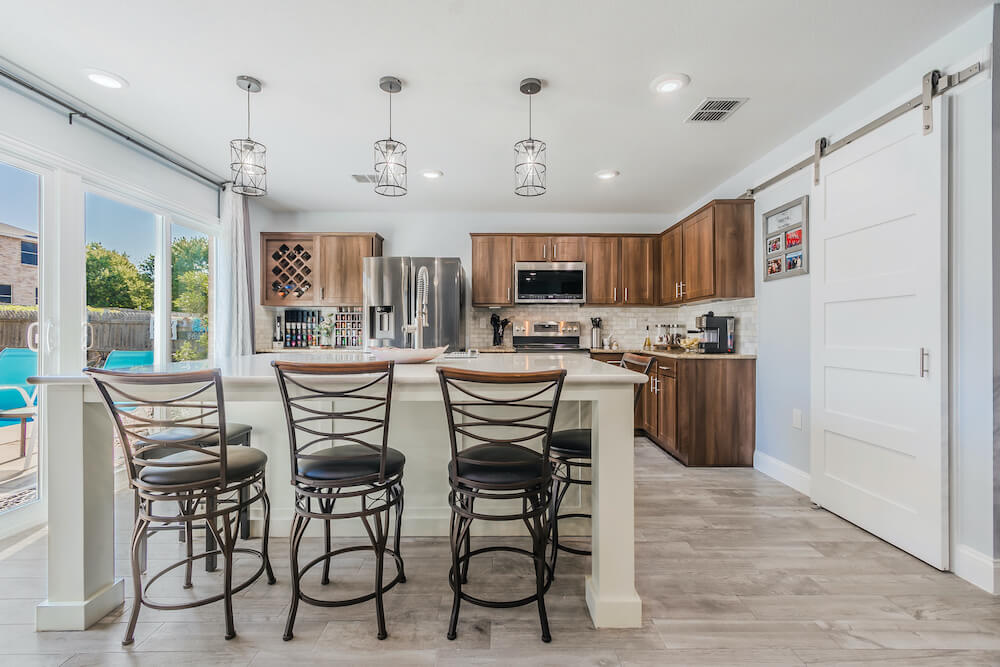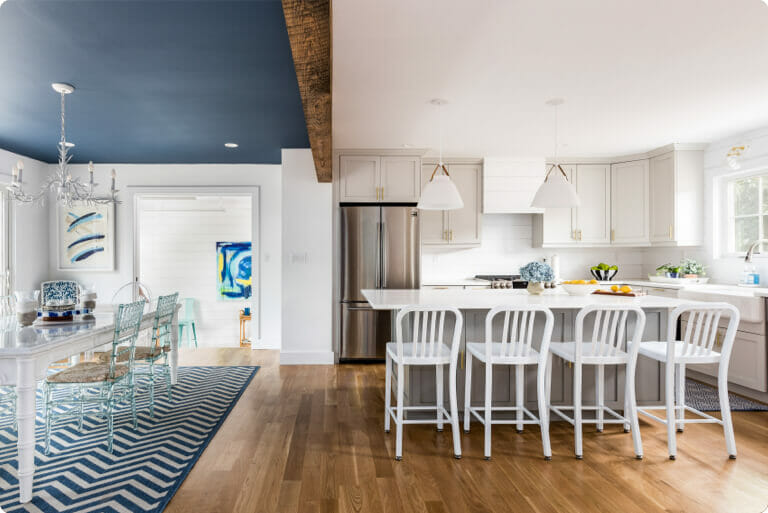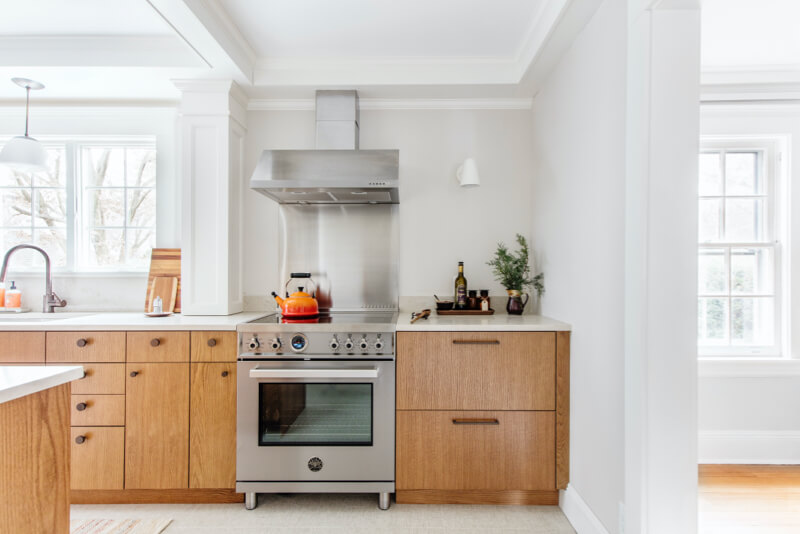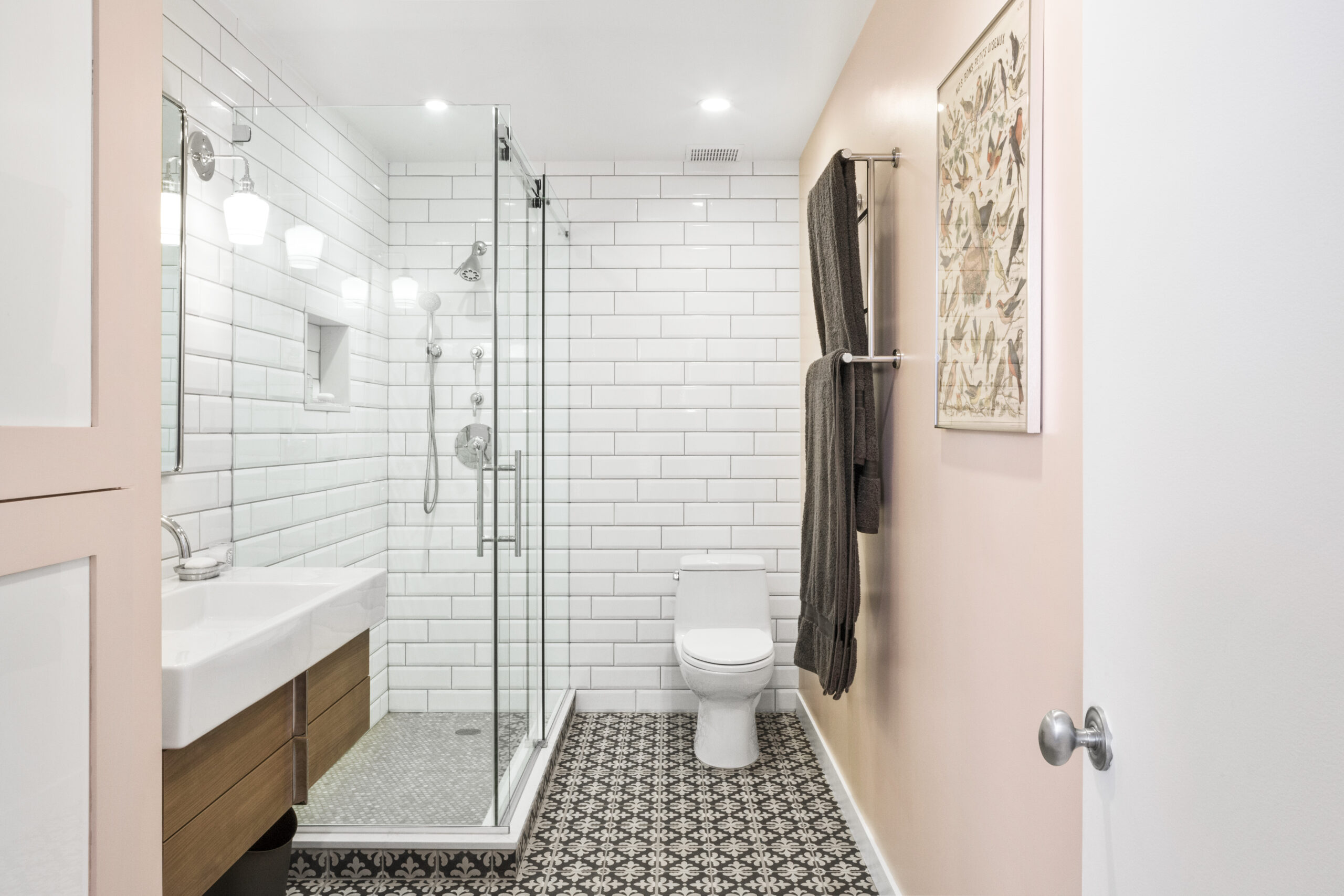How Durable is Pressure-Treated Wood?
For countless outdoor projects, from the sturdy backbone of a backyard deck to the steadfast presence of a fence line, pressure-treated wood has long been the material of choice, heralded for its inherent resistance to decay and insects. Yet, beneath the promise of longevity lies a more nuanced reality.
Homeowners and builders alike often ponder the true extent of this material’s resilience, trying to figure out how many seasons, this specially treated timber can truly withstand against the forces of nature.
Sweeten brings homeowners an exceptional renovation experience by personally matching trusted general contractors to your project, while offering expert guidance and support—at no cost to you. 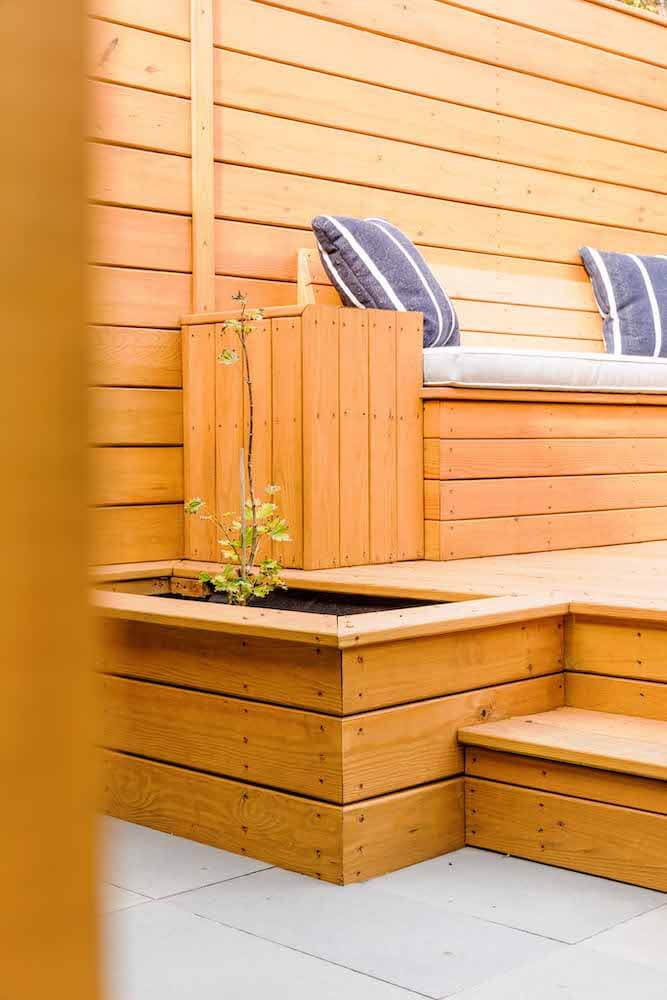
Renovate expertly with Sweeten
The Science of Behind Pressure-Treated Wood
Pressure-treated wood undergoes a chemical impregnation process. This fortifies its natural defenses. Lumber enters a large, sealed chamber. A vacuum extracts air from its cellular structure. Then, a preservative solution is forced deep into the wood. Common solutions contain alkaline copper quaternary (ACQ) or micronized copper azole (MCA). This chemical infusion deters fungi, termites, and other pests. It significantly extends the wood’s usable life.
No wood product lasts forever. But properly specified and installed pressure-treated lumber performs well. It often endures for 20 to 40 years. Some pieces last even longer. This wide range highlights a crucial point. “Pressure-treated” is not a single category. Its true durability depends on several factors.
The Nuance of Treatment Level
Not all pressure-treated wood is the same. The preservative’s retention level is critical for longevity. This level depends on the wood’s intended use. Ground contact or freshwater immersion requires higher chemical concentrations. This might be a .40 or .60 retention level. Above-ground use needs less, often a .15 level. Using above-ground wood in constant soil contact leads to early failure. Always select lumber rated for its specific exposure.
The Relentless Forces of Exposure
The environment heavily influences the wood’s lifespan.
- Moisture: Constant moisture is the main cause of wood degradation. Wet wood rots faster. It succumbs more quickly than wood allowed to dry. Prolonged saturation can promote certain fungi. It also physically breaks down wood fibers.
- Ultraviolet (UV) Radiation: Sun’s UV rays cause photodegradation. This breaks down the wood’s lignin. The surface grays and cracks. It then absorbs moisture more easily.
- Temperature Fluctuations: Freeze-thaw cycles also cause damage. They lead to expansion and contraction. This results in checking (surface cracks) and splitting. Moisture can then penetrate deeper.
The Imperative of Proper Installation
Even robustly treated wood can fail early. This happens if installation is incorrect. Best construction practices are essential for durability.
- Preventing Direct Ground Contact: Wood not rated for ground contact should be elevated. This allows air circulation. It prevents moisture buildup.
- Effective Drainage: Design structures with proper slopes. Ensure spacing allows water to shed. Water should not pool on surfaces or around posts.
- Correct Fasteners: Use corrosion-resistant fasteners. Hot-dipped galvanized or stainless steel types are best. They must be compatible with the treated wood chemicals. Incompatible fasteners corrode rapidly. This compromises structural integrity.
- Sealing Cut Ends: Fresh cuts expose untreated wood. These ends must be coated with approved preservative. This maintains the wood’s protective barrier.
Best Projects for Pressure-Treated Wood
Given its enhanced resistance to decay and insects, pressure-treated lumber is exceptionally suited for various outdoor applications. It provides structural integrity where exposure to the elements is constant.
- Deck Framing: Joists, beams, and posts form the essential structure. They often endure significant moisture.
- Fence Posts and Rails: These elements are frequently in direct contact with the ground. They benefit from chemical treatment.
- Outdoor Play Structures: Swing sets and playhouses require durable, weather-resistant materials. They must also be safe for children.
- Sill Plates: This is the foundational wood layer where a house meets its concrete or masonry foundation. Treated wood prevents moisture wicking.
- Raised Garden Beds: For non-edible plants, or with a proper liner for edibles, treated wood forms resilient bed frames.
- Pergolas and Gazebos: The structural posts and beams of these open-air structures benefit from rot and insect resistance.
- Docks and Piers (Specific Treatments): Lumber for freshwater or saltwater immersion uses a higher retention level. This ensures long-term performance in aquatic environments.
The Value of Ongoing Maintenance
Pressure-treated wood resists damage. But it is not maintenance-free. Regular attention can extend its life significantly. It also preserves its appearance.
- Cleaning: Annually clean the wood. Remove dirt, mildew, and algae. This prevents moisture retention. It keeps the surface healthy.
- Sealing and Staining: Apply a quality sealant or stain. Do this every few years. It protects against UV damage. It prevents excessive checking. It further repels moisture. This step is crucial for both looks and durability.
- Addressing Issues Promptly: Inspect the structure periodically. Look for damage or loose fasteners. Check for pooling water. Timely repairs prevent minor issues from worsening.
Recognizing the Signals of Deterioration
All materials eventually wear out. Signs that pressure-treated wood is failing include:
- Excessive Checking and Splitting: Minor checking is normal. But deep, widespread cracks compromise strength. They allow water inside.
- Soft or Spongy Spots: These indicate advanced rot within the wood.
- Visible Fungal Growth: Beyond surface mildew, look for decay. Mushroom-like growths signal internal breakdown.
- Insect Infestation: Treated wood resists insects. However, extreme conditions can make it vulnerable. Watch for termites or carpenter ants.
Pressure-treated wood’s durability is not a fixed number. It’s a dynamic outcome. It depends on manufacturing quality and wise selection. Proper installation and consistent maintenance are also key. When these elements align, this lumber proves remarkably resilient. It endures as a vital component of our outdoor environments.
We can help plan your renovation
Find endless home renovation inspiration, detailed guides, and practical cost breakdowns from our blogs. You can also post your project on Sweeten today and get matched with our vetted general contractors and get estimates for free!
